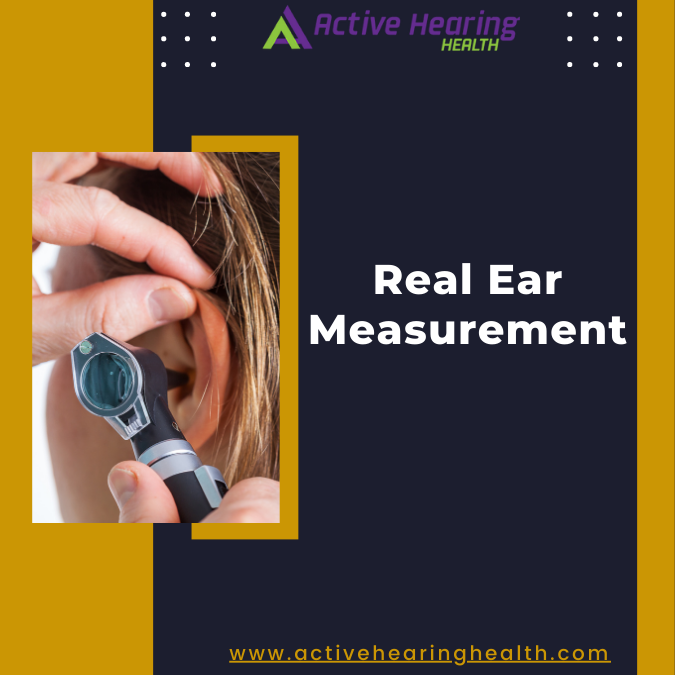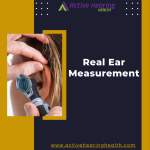Real Ear Measurement: A Comprehensive Guide for Audiologists
Are you an audiologist looking to provide the best care for your patients? Real Ear Measurement (REM) is a crucial component of hearing aid fitting that can significantly improve patient outcomes. REM involves measuring sound levels in the ear canal to ensure that hearing aids are programmed correctly for each individual’s unique hearing needs. In this comprehensive guide, we will cover why REM is important and how to perform it accurately. Whether you’re a seasoned audiologist or just starting out, this guide will equip you with the knowledge and skills needed to provide top-notch care to your patients.
Real Ear Measurement
Real Ear Measurement (REM) is a method used by audiologists to measure the sound levels in a patient’s ear canal while wearing hearing aids. REM allows for precise adjustments of hearing aid settings, ensuring that patients receive optimal amplification for their specific hearing needs.During REM testing, an audiologist in omaha inserts a thin tube with microphones into the ear canal and plays sounds at different frequencies and volumes. The microphones pick up the sounds and measure how much sound reaches the eardrum.
Importance of Real Ear Measurement
Real Ear Measurement (REM) is an essential part of the hearing aid fitting process. It enables audiologists to ensure that hearing aids are correctly programmed for each patient’s individual ear canal and unique hearing loss.The primary goal of REM is to achieve maximum amplification without causing discomfort or distortion. When hearing aids are not properly calibrated, they may not provide sufficient amplification, leading patients to miss out on important sounds and conversations.
Furthermore, over-amplifying can lead to discomfort or even damage to the inner ear. Real Ear Measurement helps audiologists avoid these potential issues by providing accurate data about how sound is being delivered into the ear canal.Troubleshooting Tips for Real Ear Measurement
Real Ear Measurement is an essential tool for audiologists to ensure hearing aids are correctly fitted and provide the best possible experience for their patients. By following the proper procedures outlined in this guide, you can feel confident that your Real Ear Measurement is accurate and effective. However, even with careful attention to detail, issues may arise during the process. That’s why it’s important to equip yourself with a set of troubleshooting tips to address any common problems that may come up.
Some common issues when performing Real Ear Measurements include microphone placement errors, feedback loops caused by poorly-fitting earpieces or incorrect input levels, and inaccurate readings due to external noise interference.
For More Info:-https://www.activehearinghealth.com/services/real-ear-measurements






















































